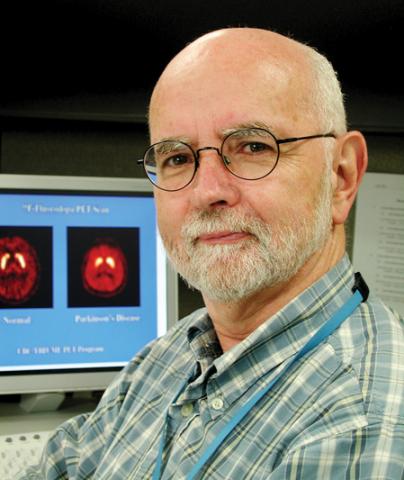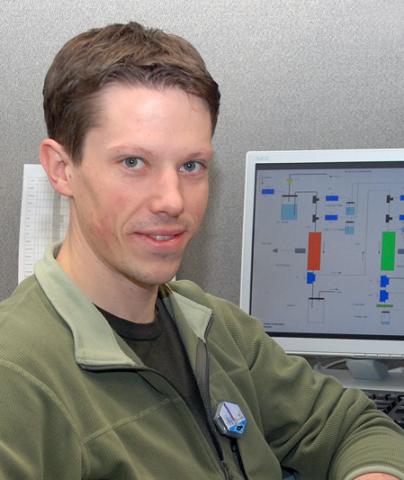Supply of the key medical isotope, Technetium-99m (Tc-99m) used in over 80% of all nuclear medicine scans, has been critically undermined several times over the past few years as the isotope-producing reactors in Canada and the Netherlands underwent simultaneous unplanned outages for repairs. Tens of thousands of patient scans and procedures were delayed around the world as clinicians struggled to adapt. The International Atomic Energy Agency (IAEA) has been working hard to understand the detailed global supply chain and pinpointing areas for improvement, typically through diversification to remove “single points of failure.” One aspect of the IAEA work is coordinating and communicating the development of different technologies for the production of Tc-99m and its parent isotope Molybdenum-99 (Mo-99). This month, IAEA has organized an expert panel in Vienna, Austria, to discuss the development of accelerator-based technologies to produce Tc-99m and Mo-99, to which TRIUMF’s Tom Ruth and Tom Morley have been invited. Tom Ruth is known around the world for his expertise in the physics, chemistry, and biology of nuclear medicine; Tom Morley is a UK scientist working at TRIUMF on technical solutions to producing Mo-100 medical-cyclotron targets and the chemical processing of the irradiated targets to recover the useful Tc-99m. Joining them will be Ph.D. candidate student Katherine Gagnon who has performed some of the critical experiments that indicate this approach can be used to supply Tc-99m to local and regional centers. The purpose of the meeting is to identify the key areas for development in order to bring these new technologies to the clinic, as well as prepare a new Coordinated Research Project (CRP) proposal. The idea behind a CRP is to determine research projects that Member States (countries in the United Nations) can utilize to assist in advancing technologies. In this case, mainly accelerator-based isotope production has been proposed as a potential back-up to reactor-produced Tc-99m. The production of Tc-99m uses low-energy cyclotrons, of which many exists in Member States thanks to IAEA funding. Therefore, this proposal would utilize a large number of medical cyclotrons, mainly with proton energies in the 16-19 MeV range, as well as the 20-30 MeV range. One of the challenges is to optimize the irradiation conditions, as well as the chemical isolation of cyclotron-produced Tc-99m to demonstrate that it is of sufficient radionuclidic purity for use in medical imaging procedures. Similarly, the technology for recovering and recycling of the expensive enriched Mo-100 targets requires development to demonstrate the economic viability of this process. By using medical cyclotrons to expand the supply base, it is hoped that countries can become partially self-sufficient by producing the isotopes domestically. For Canada, it is a key factor as our National Research Universal (NRU) reactor supplies 40% of the world demand for Tc-99m, which is set to be closed by the end of 2016. “This is very exciting as it is not us telling them what to do” stated TRIUMF’s Tom Ruth, “we are working together and may discover some countries have an area of expertise that could bring the technology into full force.” By developing these alternative methods of producing Tc-99m, the industry will be able to avoid shortages of the isotopes seen in 2008 due to independent reactor shutdowns.
-- Written by Lindsay Davies, Communications Assistant |
TRIUMF's Tom Ruth and Tom Morley
|
Canada's particle accelerator centre
Centre canadien d'accélération des particules
Centre canadien d'accélération des particules



 Percentages of Medical Procedures Using Tc-99m
Percentages of Medical Procedures Using Tc-99m